

Safety of workers,structures, equipment and the environment are paramount in any offshore energy project. In the March/April print edition, Offshore Engineer took a look inside some notable newcomers.
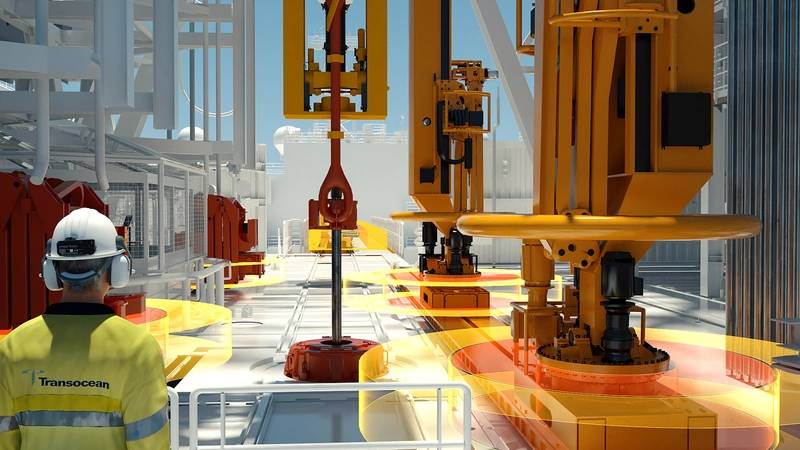 HaloGuard – Credit: Transocean
HaloGuard – Credit: TransoceanOffshore drilling contractor Transocean has recently deployed what it said was the offshore drilling industry’s first safety system that integrates a wearable locating device with drill floor equipment and machine stoppage controls.
The system, called HaloGuard, combines a wearable alarm and a real-time location transmitter together with a machine vision system that is designed to track the position of personnel on the drill floor and key drill floor equipment while operating.
"When a crew member comes within a certain proximity of moving equipment, he or she is notified by an alarm through the wearable device. In the event the crew member remains in close proximity of the moving equipment, the system will stop the equipment from moving until the crew member returns to a safer, more distant position," Transocean explained.
By enabling machines with the technology to track, sense and, if needed, stop operations, HaloGuard provides an advanced layer of individual protection on the drill floor, the company said.
“We are extremely proud of our efforts to provide our crews with additional tools and resources to complement our industry-leading training and safety programs,” said Transocean President and CEO Jeremy Thigpen. “This deployment once again showcases Transocean’s ability to develop and advance innovation within offshore drilling. We believe HaloGuard℠ will be a differentiating safety system that others will want to utilize within our industry and potentially within other industries as well.”
Offshore Engineer reached out to Transocean, seeking more info on the system itself and what the main driver behind the development of the system was. Offshore Engineer also asked, following CEO Thigpen's comment on others wishing to use the system, if the company was willing to share it with competitors in the offshore drilling space and at what terms.
A Transocean spokesperson said the driver was the company's wish "to provide our offshore crews with additional safety tools and resources."
"....we and our suppliers would be open to commercial discussions with others interested in deploying the HaloGuard℠ safety system in their respective businesses," the spokesperson added.
Transocean said its patented HaloGuard methodology and technology were developed with the assistance of Houston Mechatronics Inc. and Salunda Limited, and incorporate Salunda’s patented CrewHawk real-time location technology.
The HaloGuard system is now operational on the Deepwater Conqueror drillship, which is working in the Gulf of Mexico. Transocean plans to deploy the technology on six additional rigs by the end of 2021.
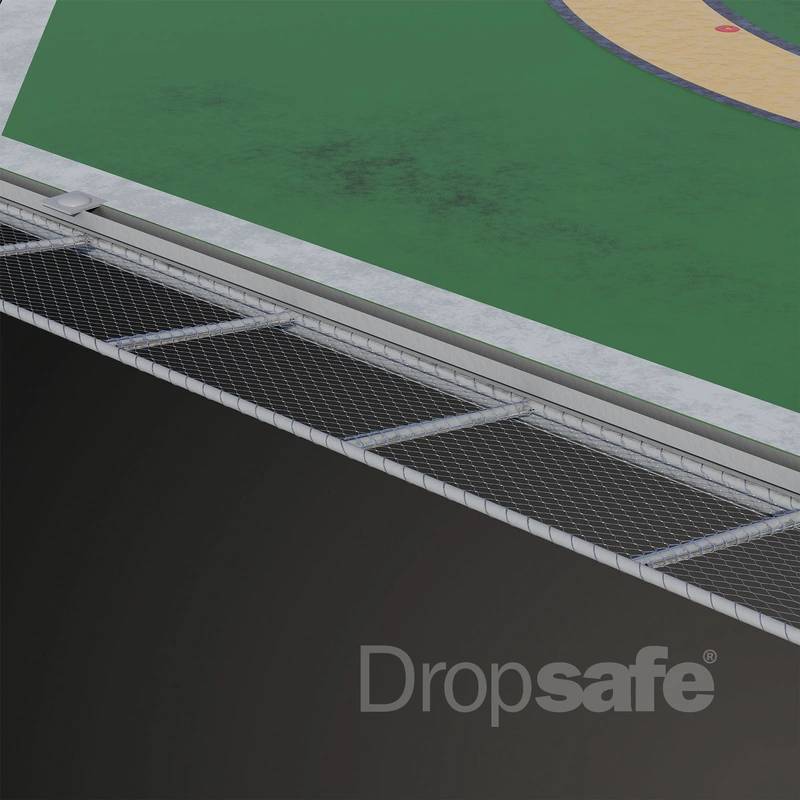 Dropsafe Helideck Net – Credit: Dropsafe
Dropsafe Helideck Net – Credit: Dropsafe
Dropsafe recently launched a helideck Perimeter Safety Net to protect offshore workers and equipment from falling, saving lives and reducing downtime
The system attaches to the perimeter frames of helidecks to protect personnel from falling and prevent loose objects from becoming dynamic Drops hazards.
“The new system developed by Dropsafe has been designed to offer a high-quality solution to the challenges posed by Drops on offshore helidecks. Drawing on extensive R&D and expertise tackling offshore Drops, it consists of 100% Japanese made 316 stainless steel wire and components,” Dropsafe said.
According to the company, marine-grade stainless steel Dropsafe Perimeter Safety Net is designed for harsh offshore environments and can be fitted quickly and easily, as well as requiring minimal maintenance, which ultimately makes it a low-cost ownership proposition for helideck owners.
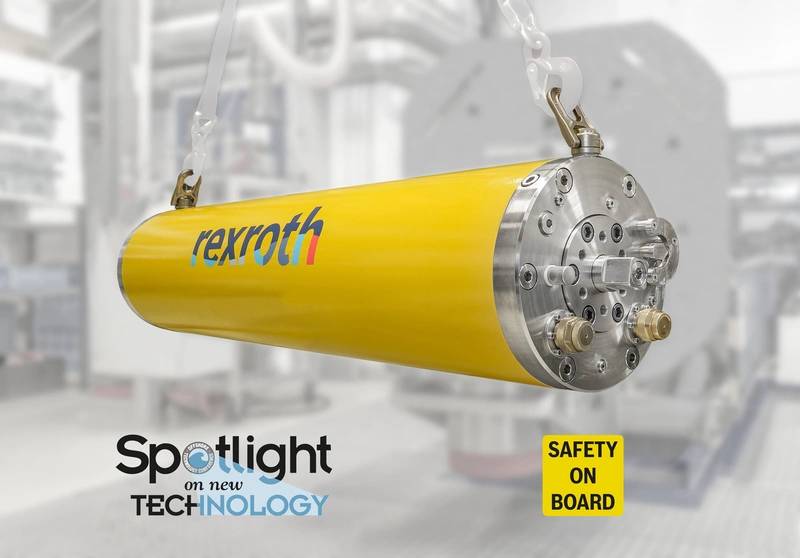 Bosch Rexroth SVA. Photo Bosch Rexroth
Bosch Rexroth SVA. Photo Bosch Rexroth
The new concept for Subsea Valve Actuators (SVA) from Bosch Rexroth has been certified by DNV GL for application in safety systems with up to Safety Integrity Level (SIL) 3 requirements.
The SVA is a self-contained actuator for opening and closing process valves in the deep sea at depths down to 3000 meters and deeper. The system consists of an electrically controlled drive with a hydrostatic transmission, which saves up to 75% of the energy required compared to a conventional electro-mechanical axis.
The patent-protected SVA is design to open and close process valves for oil and gas production or in CO2 storage systems in deep sea applications. A redundant design, for example of the safety valves and field-proven springs, ensures that the actuator can close the process valve safely even in case of power failure and without external energy supply. In addition, the actuator can also be operated mechanically from the outside using an underwater robot via an independent override interface.
Bosch Rexroth has integrated a continuous and automated monitoring of the system conditions, which significantly improves the diagnosis of the safety function.
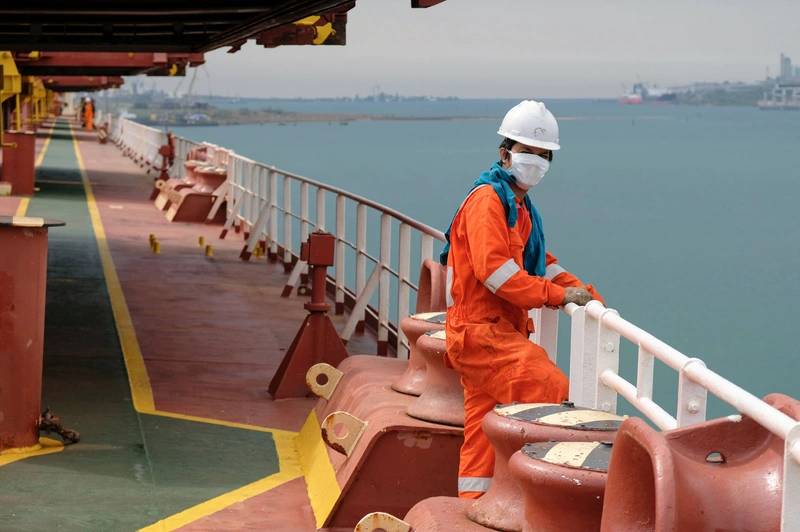 Credit: AdobeStock/Eugene
Credit: AdobeStock/Eugene
A new notation and new guidance launched has been launched by the American Bureau of Shipping amid the COVID-19 pandemic with the aim to help marine and offshore operators reduce transmission of disease.
The ABS Guide for Mitigation of Infectious Disease Transmission On Board Marine and Offshore Assets details how the physical arrangement of a marine or offshore asset can act to mitigate transmission of infectious diseases, and, in an industry first, introduces a new notation indicating compliance with the standards.
Developed from a range of independent governmental and commercial guidance, including the U.S. Centers for Disease Control and Prevention (CDC), the guide addresses physical arrangement measures onboard.
The IDM-A (Infectious Disease Mitigation-Arrangements) notation is offered to vessels that meet the arrangement requirements addressing the configuration of spaces which can be used for the isolation and segregation of crew, passengers and onshore visitors, as well as the ventilation and interior surfaces of certain accommodation or working spaces.
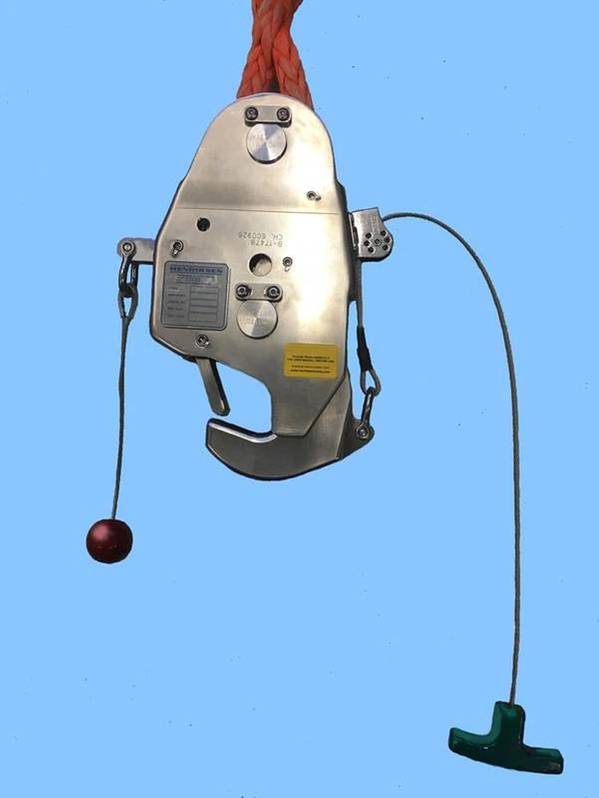 Henriksen Hooks – Credit: Henriksen HooksNorway-based Henriksen Hooks launched full production of its new Liferaft Release Hook following completion of a prolonged testing program.The new crane hook has been especially developed for launching inflated liferafts. It is permanently attached to the fall wire of a crane and clips into a steel lifting ring on the liferaft. It holds the liferaft safely while it is being hoisted out and lowered and releases automatically when the raft reaches the water and the load has come off the hook.
Henriksen Hooks – Credit: Henriksen HooksNorway-based Henriksen Hooks launched full production of its new Liferaft Release Hook following completion of a prolonged testing program.The new crane hook has been especially developed for launching inflated liferafts. It is permanently attached to the fall wire of a crane and clips into a steel lifting ring on the liferaft. It holds the liferaft safely while it is being hoisted out and lowered and releases automatically when the raft reaches the water and the load has come off the hook.
"First shown in 2017, the hook has attracted considerable interest from the marine and offshore markets but Henriksen has held it back until it completed a long and complex testing program," the company said recently announcing the launch.
Versions of the hook are available for holding loads of 1,500 kg and 3,500 kg and feature a number of safety options that make them reliable and easy to operate in an emergency, the manufacturer said.